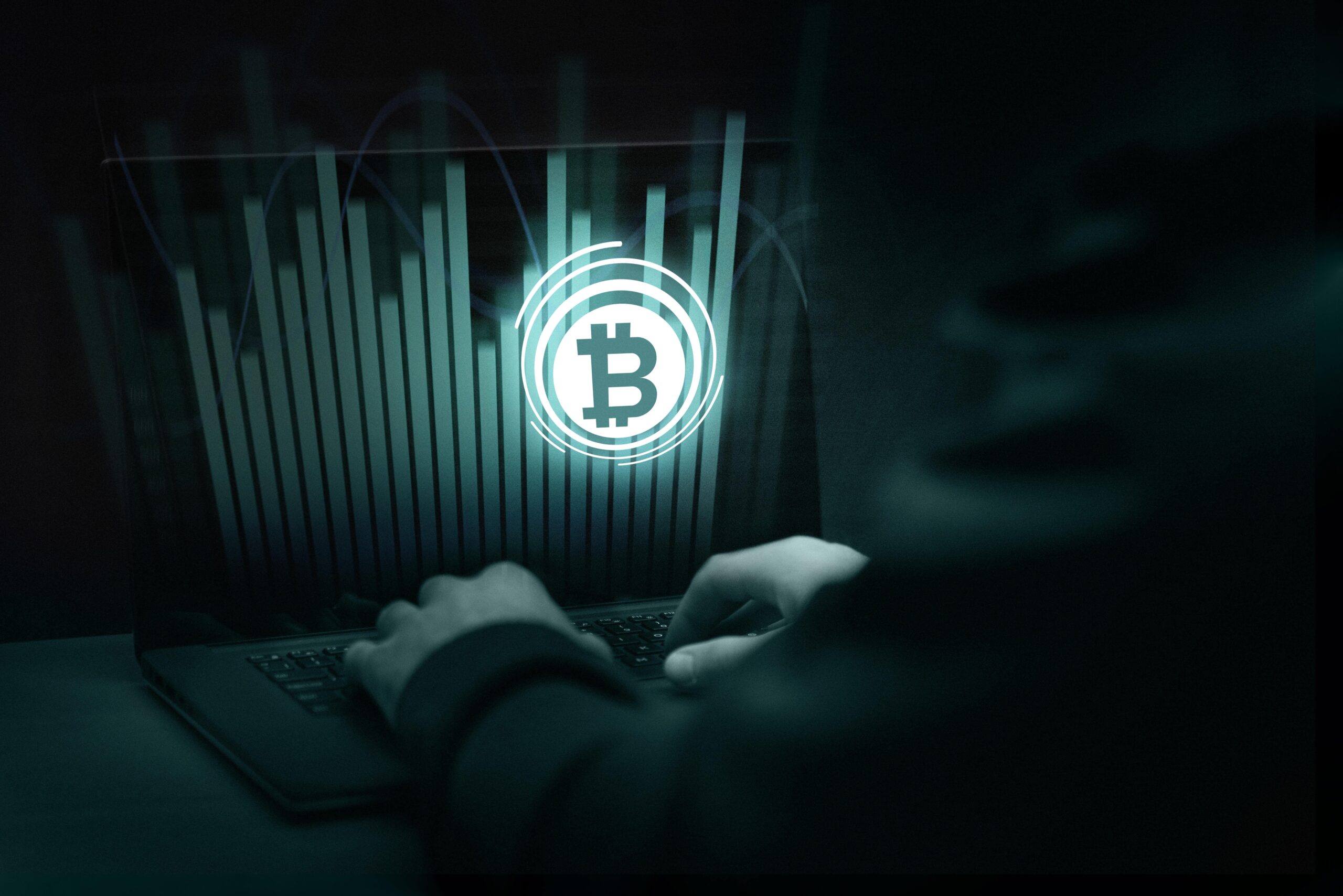What Is P2P Crypto Trading and Why Do Traders Use It?
We are discussing in this article how P2P crypto trading works on decentralized exchanges. Peer-to-peer (P2P) trading means directly trading with other crypto investors, with rates being decided and negotiated between them.
Once transactions are signed and confirmed, the data is stored on the blockchain where it remains immutable due to the decentralized consensus system.
Many decentralized platforms provide P2P trading services with low fees, allowing users to trade without relying on centralized authorities. With the rise of DeFi, P2P trading became popular as a way to instantly swap crypto. However, traders cannot enjoy the trade customization that an order book system provides—such as different order types that let you define when and at what price to buy/sell, and in what sequence. That’s why P2P is mainly suitable when you want to purchase a particular crypto using fiat money, or want to avoid high trading fees.
Some traders may still prefer this type of trading due to benefits like lower fees, reduced slippage, and more control over funds. P2P trading is supported on both centralized exchanges and decentralized exchanges, but trading fees can vary. On DEXs, you generally pay relatively lower fees.
How P2P Trading Works?
In centralized exchanges like Coinbase, a centralized order book system is used to match buy and sell orders. For example, if trader A wants to buy 0.1 ETH, he will place a buy order. The order book system (managed by the exchange) matches his order with another trader who wants to sell 0.1 ETH. Because this system is managed by an intermediary, traders usually pay higher fees and may also experience price slippage due to market conditions—one reason many traders prefer P2P trading.
P2P trading can be done on both centralized and decentralized exchanges:
- Centralized exchanges: buyers and sellers trade directly, with funds secured by escrow. On these platforms, crypto sellers create offers at specific prices. Buyers can browse these offers and initiate trades, while the escrow system ensures that funds are only released once both sides confirm payment, reducing fraud risk. Many platforms also use a feedback system to help buyers identify trusted sellers.
- Decentralized exchanges (DEXs): trades are inherently peer-to-peer but typically facilitated by AMM (Automated Market Maker) systems, where users trade against liquidity pools funded by liquidity providers.
On DEXs, buyers don’t purchase crypto directly from sellers, and sellers don’t sell directly to buyers. Instead, they interact with the liquidity pool. For example, when a buyer purchases 0.2 ETH with USDT, ETH is transferred from the liquidity pool to the buyer’s wallet, while USDT is added to the pool. Conversely, when a seller sells 0.2 ETH, ETH is sent from their wallet to the pool, and they receive USDT in return.
How Smart Contracts Work?
Smart contracts are pieces of code deployed on a blockchain. They allow automation — executing specific actions when certain conditions are met. When users sign and confirm transactions, smart contracts enforce the rules written in their code, such as transferring funds between a user’s wallet and DeFi pools. This means the security of assets is largely dependent on smart contracts. Any vulnerability exposes them to hacks, which is why many decentralized exchanges now undergo independent security audits by specialized firms to ensure contract safety. Many DEXs also run Bug Bounty programs, which reward white-hat hackers for discovering vulnerabilities in smart contracts.
Use cases of smart contracts extend beyond cryptocurrency transactions. They are increasingly being used for automating business processes such as real estate transactions, facilitating secure sharing of healthcare data, and streamlining other complex processes. Blockchain is steadily transforming industries through the functionality of smart contracts and the benefits of decentralization.
The Downsides of P2P Trading
In decentralized exchanges (DEXs), which operate peer-to-peer (P2P) trading, some issues and inefficiencies can arise. Liquidity shortages, price slippage, and front-running are common problems that reduce the overall user experience and may discourage traders. To address these challenges, many DEXs use advanced AMM models with concentrated liquidity and liquidity incentives to attract liquidity participation and to improve market depth. Uniswap, for example, introduced the “hooks” feature in its v4 (launched in 2025), which enables custom logic to be applied to liquidity pools—allowing dynamic fee adjustment, new order types, and other features that facilitate trading.
1. Liquidity Issues
Although most DEXs use Automated Market Maker (AMM) systems to enable continuous trading, liquidity can still be limited in smaller pools. This is because AMMs rely on the amount of liquidity providers depositing assets and the trading demand for specific crypto pairs. If there are fewer participants or low trading activity, liquidity depth decreases, leading to poor execution for larger trades. By contrast, large DEXs such as PancakeSwap and Uniswap maintain high trading volumes and deep liquidity, driven by their strong user bases and large pools of participants.
2. Price Slippage
Price slippage is the difference between the expected price of a trade and the actual price at which it is executed. It occurs when a trade is large relative to the pool’s liquidity, or when the pool itself has shallow liquidity. For example, if a trader wants to sell a large amount of tokens in a small pool, their own transaction shifts the token ratio significantly, causing a less favorable price. Slippage can affect both buyers (paying more than expected) and sellers (receiving less than expected).
3. Poor User Experience
Compared to centralized exchanges, many DEXs have more complex user interfaces. Traders often need to perform additional steps such as connecting wallets, approving token spending, setting slippage tolerance, and confirming multiple transactions. For new users, this can feel complicated and less user-friendly. While newer DEXs and aggregators are working to streamline the process, usability remains a challenge for many decentralized platforms.
4. Front Running
Front running is a practice where a trader (or more commonly, an automated bot) takes advantage of knowing that a large transaction is about to occur. On DEXs, this often happens through MEV (Maximal Extractable Value), where bots monitor the public mempool, detect large pending orders, and insert their own transactions before them. For example, before a trader is going to buy a large amount, the frontrunner bot buys crypto and sells it after the large trade of another trader is executed, profiting from the price movement caused by the original trade. Although not illegal in blockchain systems (since all pending transactions are public), it is considered an unfair practice that negatively affects regular crypto traders.
What Exchanges are Best for P2P Trading
For P2P trading, decentralized exchanges are often a good option for crypto-to-crypto swaps because of their lower trading fees. However, it is important to consider factors such as liquidity, platform security, and supported assets before choosing a DEX.
Many centralized exchanges such as KuCoin, OKX, Binance, and Bybit also provide P2P marketplaces, allowing traders to easily convert fiat into crypto. This is especially useful when you need to acquire a stablecoin for trading. For example, if you plan to trade BTC, you can first obtain USDT by converting fiat through a P2P platform.


